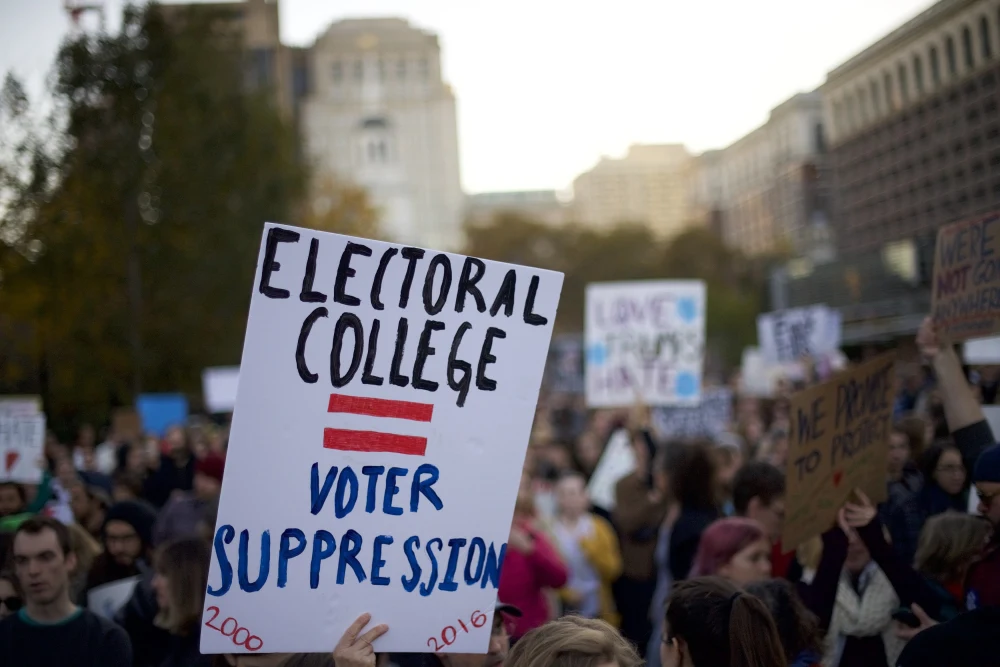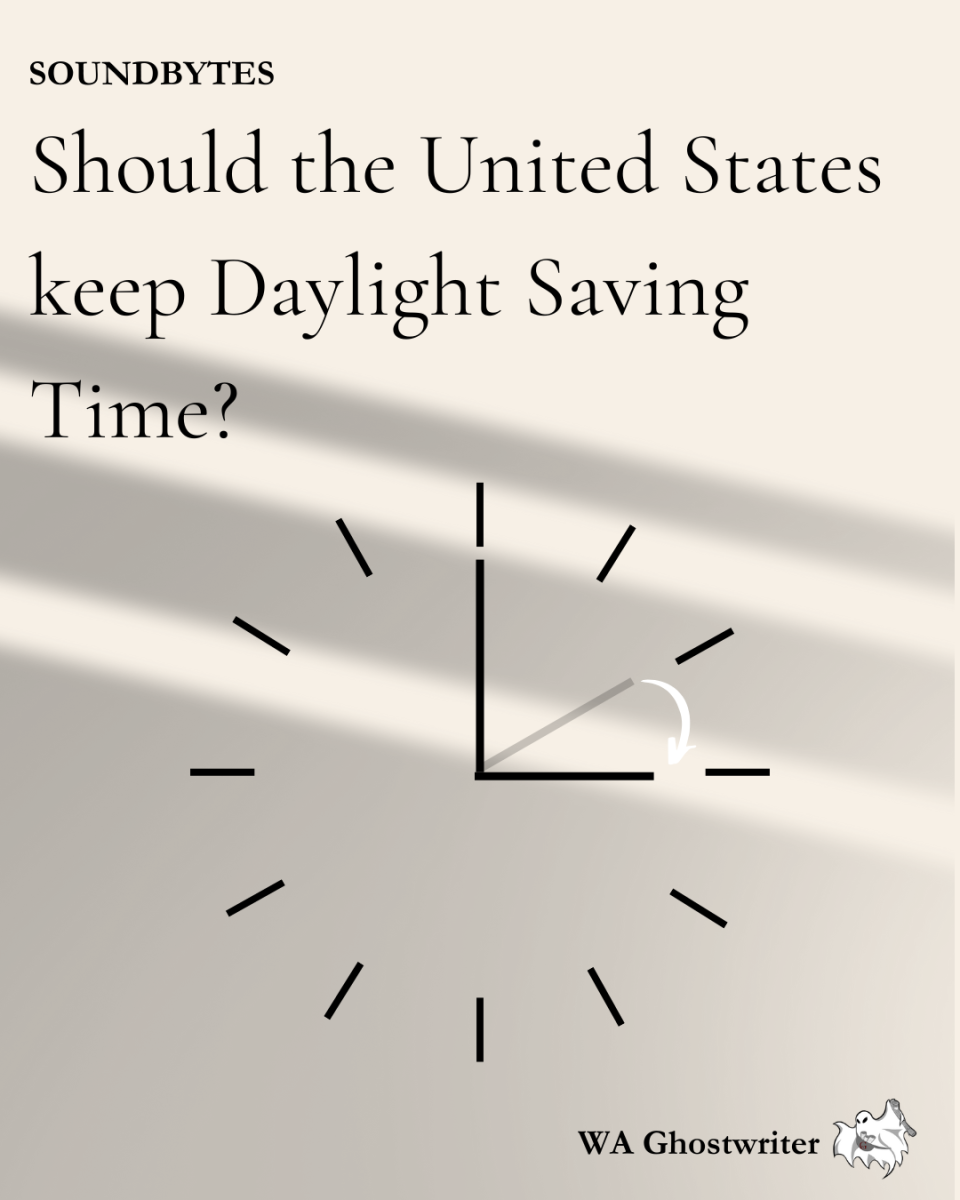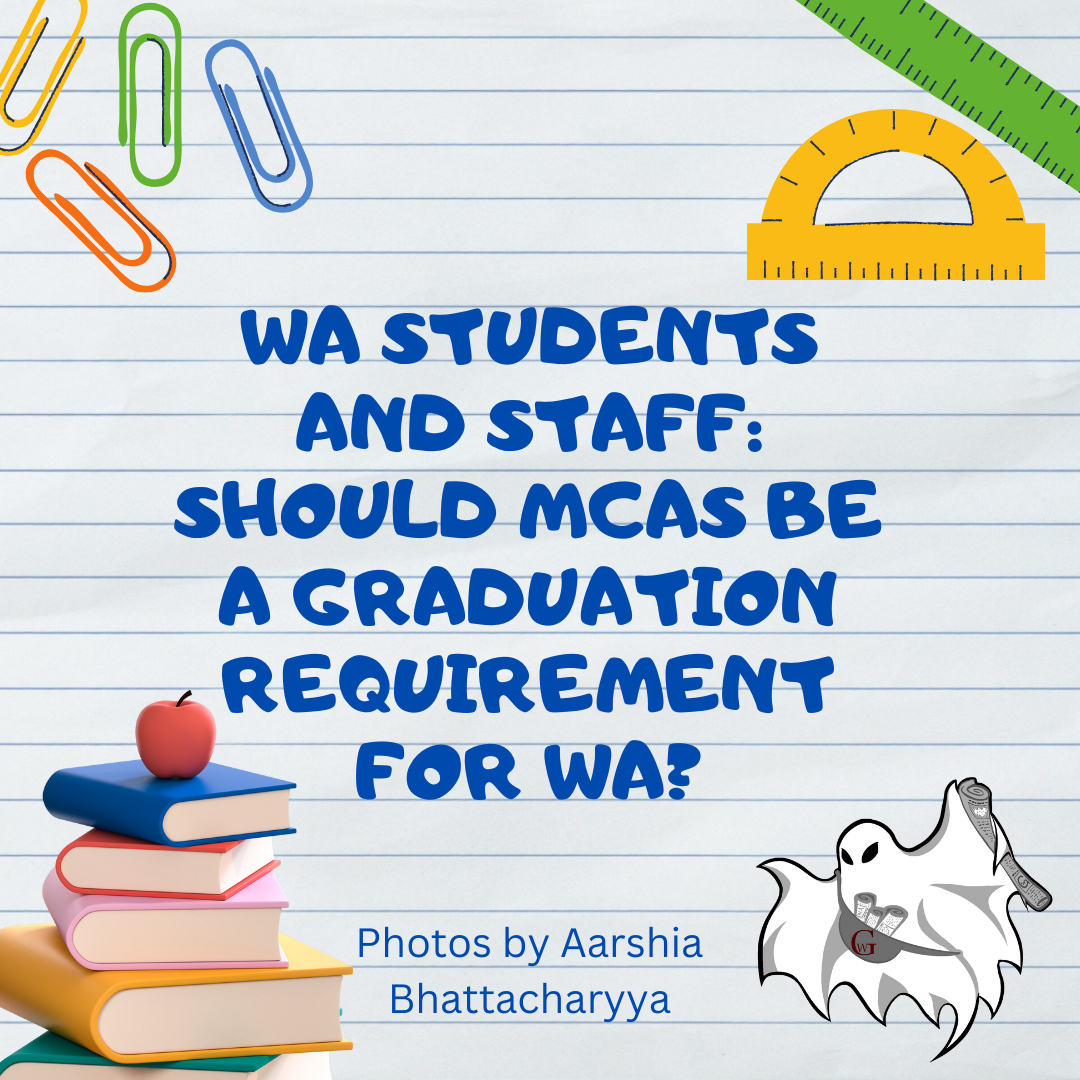Elections in the United States are usually decided when a candidate wins the largest number of votes. This is a tried and true system that has been used in democratic elections in the U.S. for decades, allowing every person’s vote to have the same value. So, it is perfectly reasonable that every election in the U.S. is decided by the popular vote. Well, every election except one, and arguably the most important: the presidential election.
So, how is the president of our country decided? This happens through a process involving the Electoral College. Here is how it works.
The Electoral College is made up of 538 electors, each of whom have one vote. In order for a candidate to be elected to office, they must win a majority of 270 electoral votes. The number of electors a single state has is equivalent to the number of members it has in the House of Representatives and its two Senators combined. When the majority of a state votes for a certain candidate, even if the majority is by a singular vote, all the electoral votes a state has goes towards that candidate (with the exception of Maine and Nebraska, who give two votes to the state winner and one for each congressional district winner). In this way, candidates can win the entire election without winning the popular vote.
Some people may think that this is improbable, or perhaps so rare that it does not matter. Yet, this exact situation has happened not once, not twice, but five separate times throughout United States history. This means that during the next election, there is a 21% chance of the winner losing the popular vote and still getting elected. Most recently, this occurred during the 2016 presidential election, which current president-elect Donald Trump won, despite candidate Hillary Clinton winning the popular vote by nearly 3 million votes.
Frankly, this is not democratic at all. How can a person become the president of the country when most of the country wants someone else in office?
There is no valid reason that the Electoral College process should still be in use today, where one person’s vote has more value than another’s. Originally, the idea of the College was first proposed in 1787 during the Constitutional Convention and passed down to the jurisdiction of a committee known as the Committee on Unfinished Parts. Some members of the Committee did not trust the judgement of the general public. Others believed that the popular vote would give larger states more power over smaller states. So, the Electoral College was born.
To make matters more complicated, some American citizens cannot even vote. People living in United States territories, including Puerto Rico, Guam, and the U.S. Virgin Islands are not able to cast a vote in the election. Let me reiterate: people living in United States territories cannot vote in the presidential election due to the Electoral College. That is 3.6 million people who cannot vote for their own president. Why? Because they were never given electors and therefore do not have any electoral votes.
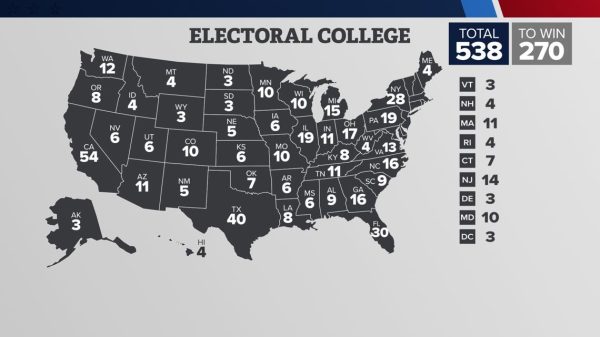
Provided by king5.com.
Even if you can vote, there is no guarantee your vote will count for as much as another citizen in a different part of the country. The most populous state in the U.S. is California, with a population of approximately 38 million. California currently has 54 electoral votes. Wyoming is the least populous state with around 586,000 people, and it has three electoral votes. After doing the math, we find that Wyoming voters have 3.6 times more weight per vote compared to voters in California.
Today, people are far more educated on politics due to the presence of the internet, and more populated states should have more weight than less populated states because they have more people. Many supporters of the Electoral College argue that the presence of the College forces candidates to not just visit the most populous cities, but pay attention to smaller states as well. However, candidates spend most of their time in swing states anyway, so this argument does not hold water.
A democracy is only effective if the governed have a direct role in choosing their lawmakers and leaders. The Electoral College needs to be abolished in order for the United States to truly be a democracy where all people are equal. This can only be achieved with an amendment to the Constitution. Coincidentally, there has already been an amendment concerning the Electoral College.
Amendment 23 was ratified on March 29, 1961, giving Washington, D.C. three electors, and therefore three electoral votes. Certainly, the process of passing an amendment is tedious, but it is worth it to give all American citizens the right to vote and have their votes matter the same as anyone else’s.
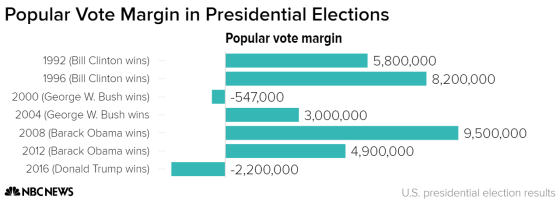
Provided by NBC news.
The United States is the only country in the entire world that is a democracy and allows someone who has not won the popular vote to become the president. Yes, other countries in human history have used an Electoral College–France, Finland, Argentina, among others–but every single one has recognized that it is not ideal and has gotten rid of it. If the United States is so progressive, why is it lagging behind in the process of electing its leader?
No argument can justify the use of the Electoral College to elect a president. Just as John Quincy Adams never should have been elected over Andrew Jackson back in 1824, Donald Trump never should have been elected over Hillary Clinton in 2016. The government must pass the 28th amendment and get rid of the Electoral College, letting the president be elected with a popular vote. Democracy can only prevail when everyone is represented.

